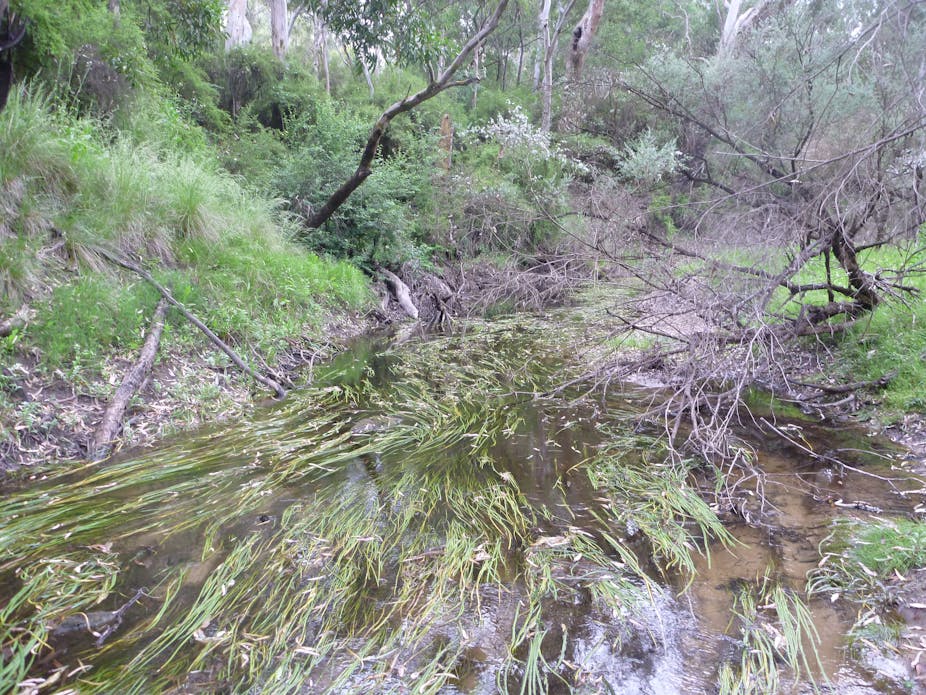Freshwater mussels, like other freshwater animals, are disappearing at an alarming rate. They are invertebrates, and while invertebrates may account for 95-99% of animal biodiversity, they are scarcely on our radar in matters of conservation. Worldwide, they are one of the most imperilled groups of fauna, particularly due to the scarce and often abused resource which they inhabit: precious fresh water.
Freshwater mussels are natural water filters, cleaning the water by removing particulates, algae and zoo-plankton. They also promote nutrient cycling and remove heavy metals, pesticides and a variety of other pollutants from water, making them useful as biological monitors but much less attractive as something for us to eat.
I never thought I would be an advocate for a creature so inconspicuous it is hardly more appealing than the alga-covered stones that lie next to it in the stream bed. That was until I found out about the intriguing, fascinating life cycle of a freshwater mussel.
Their larvae, known as “glochidia”, attach to certain species of freshwater fishes and undergo metamorphosis to emerge as juvenile mussels. This distributes new recruits over much greater distances than an adult mussel could ever hope to move.
Australia is one of the driest and most isolated places on the planet. It comes as no surprise then that, what the country lacks in richness of freshwater mussel species, it makes up for in uniqueness.
Australia has at least 18 species in a single family, found only in Australasia and South America. Several species are at risk and two qualify for conservation listing.

Already, mussels have disappeared from many streams in eastern Australia from loss of catchment vegetation in association with agricultural development. The habitats in many streams have become degraded from channel erosion and sedimentation. Increased nutrient loads in runoff, loss of shading vegetation and invasive water plants like Salvinia molesta and water hyacinth (Eichhornia spp.) have badly affected mussels in some parts of Australia.
Efforts have been made to bring the plight of the freshwater mussel to the attention of conservation bodies. Species such as the Glenelg River Mussel (Hyridella glenelgensis) have been recently listed as “Critically Endangered” under the Victorian Flora and Fauna Guarantee Act 1988 and the Commonwealth Environment Protection and Biodiversity Conservation Act 1999 (EPBC Act).
In the mid-1990s, Carter’s Freshwater Mussel (Westralunio carteri) in south-western Western Australia was listed as “Vulnerable” on the IUCN Red List and recognised as a “Priority 4” species (a species in need of monitoring) by the WA Department of Environment and Conservation and, more recently, nominated for listing under EPBC criteria following a four-year study at Murdoch University.

Inaction on our part is one of the main dangers for the species. Often a species fails to qualify for listing because we don’t have the necessary data to assess it against conservation criteria. Where published data is lacking, we often need to scrutinise museum collections for historic records of species and re-visit those sites to detect declines.
But in some cases inaccurate or vague records make pinpointing species distributions difficult. Defining species distributional boundaries and the declines in the extent of occurrence is also difficult where data is lacking. Without accurate age data, we can’t determine “generation length”, and this also hinders conservation assessment. Generation length is the average age of the parents of newborn individuals in a population.
This is an important criterion used to determine conservation of a species in the IUCN Red List Guidelines. Furthermore, mussels’ patchy distribution combined with difficult-to-access localities, and the labour-intensive survey methods required, make population estimates difficult to obtain.
In Victoria, H. glenelgensis appears in a very short section of stream. It is threatened by siltation and loss of riparian vegetation from cattle trampling and overgrazing, as well as poor water quality including salinity and possibly pesticides and flow reductions. The invasive Carp (Cyprinus carpio) is another reason for major concern.
In south-western Australia, W. carteri has disappeared from more than half of its former range due to salinity from land clearance and the drying of habitats resulting from climate change and increased demand for dwindling water supplies in a rapidly expanding urban population. Cattle trampling, siltation and loss of riparian vegetation are also causing declines in rural areas.
Habitat rehabilitation, species recovery plans and follow-up monitoring are critical to allow sensitive species such as freshwater mussels to flourish. Community-based conservation science programs and cost-shared, not-for-profit conservation initiatives appear to be the way forward.
That is because most threatened species exist on private land. In some districts, landowners have banded together to protect long sections of stream.
This strategy has worked well in some areas, but needs to be led by expert scientists, governments, industry and a community working together.

